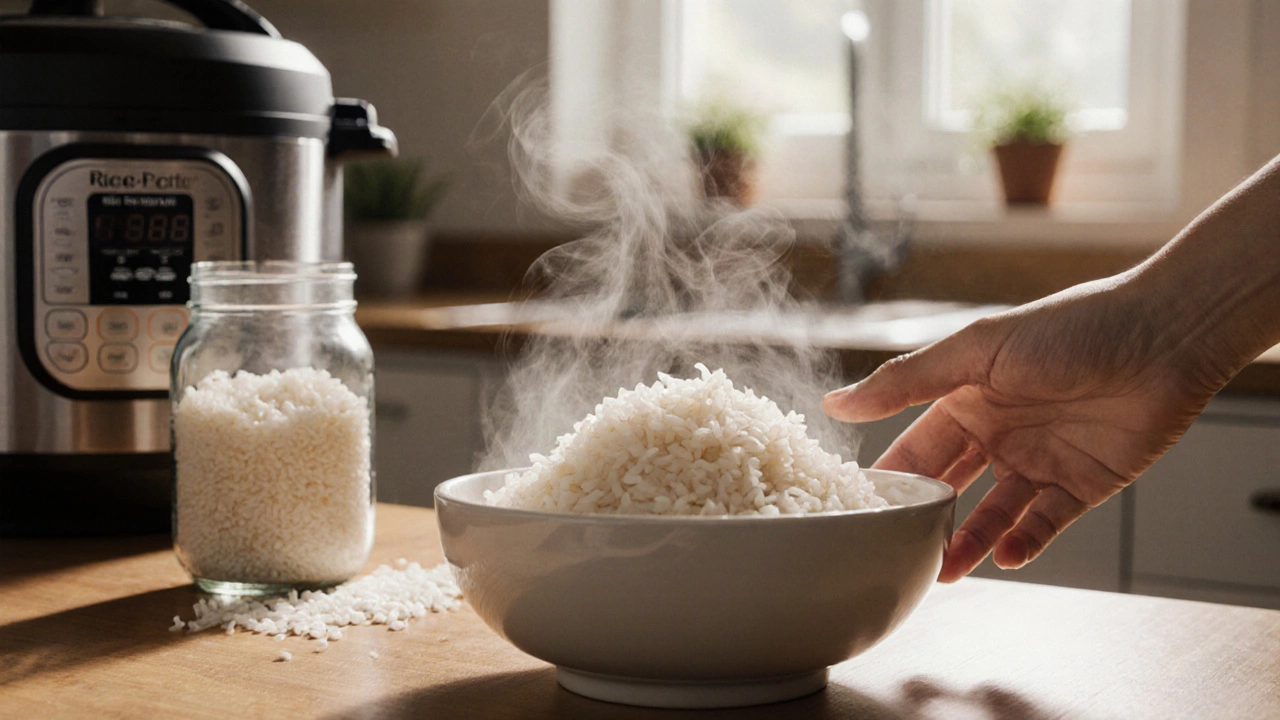Gluten in Rice: Simple Facts for Your Kitchen
If you avoid gluten, the first question is whether rice itself is safe. The short answer: plain rice – white, brown, wild, or basmati – is naturally gluten‑free. There’s no gluten hidden in the grain, so you can eat it without worrying about the protein that causes trouble for many people.
But the story doesn’t end there. Even a gluten‑free grain can pick up gluten from its surroundings. That’s why it’s worth looking at a few practical things: the source of the rice, how it’s processed, and what you’re cooking it with.
Where Gluten Can Slip In
Rice farms don’t grow wheat, barley, or rye, so the field itself is clean. Problems usually start during handling. Some manufacturers grind rice together with other grains in the same mill. If the equipment also processes wheat, tiny bits of gluten can end up in the rice bag.
Packaged rice that says “gluten‑free” on the label has been checked for this cross‑contamination. Look for a reliable certification symbol – it tells you the product met strict testing standards.
Cooking Tips to Keep Your Rice Gluten‑Free
Even if the rice is pure, the kitchen can introduce gluten. Use a clean pot or rice cooker that hasn’t been used for pasta, sauces, or breads. Rinse the rice in fresh water before cooking; that removes any dust or residue that might contain gluten.
Watch the seasonings. Many sauces, broth cubes, and spice mixes hide gluten as a thickener. Choose gluten‑free soy sauce, broth, or make your own stock with just vegetables and herbs. When you’re in doubt, read the ingredient list – look for wheat, barley, rye, malt, or “modified food starch” unless the label says it’s derived from corn or potatoes.
If you eat out, ask the server how the rice is prepared. Many restaurants use the same pot for rice and other dishes. A clear answer that they use a dedicated rice cooker or fresh water will give you confidence.
Now you have a quick checklist:
- Buy plain rice or a product labeled gluten‑free.
- Store rice in a sealed container away from wheat flours.
- Use a clean cooking vessel and fresh water.
- Check sauces, broths, and seasonings for hidden gluten.
- Ask restaurant staff about preparation methods.
Following these steps lets you enjoy rice in any meal – from stir‑fries to risottos – without risking gluten exposure.
Bottom line: rice itself is gluten‑free, but cross‑contamination can happen during processing or cooking. By picking certified products, keeping your cookware clean, and reading labels, you protect yourself and keep your meals tasty and safe.

Is Rice Gluten-Free? All You Need to Know
Rice naturally contains no gluten, making it safe for celiac and gluten‑free diets. Learn about cross‑contamination, label checks, cooking tips, and myth‑busting facts.
More Detail